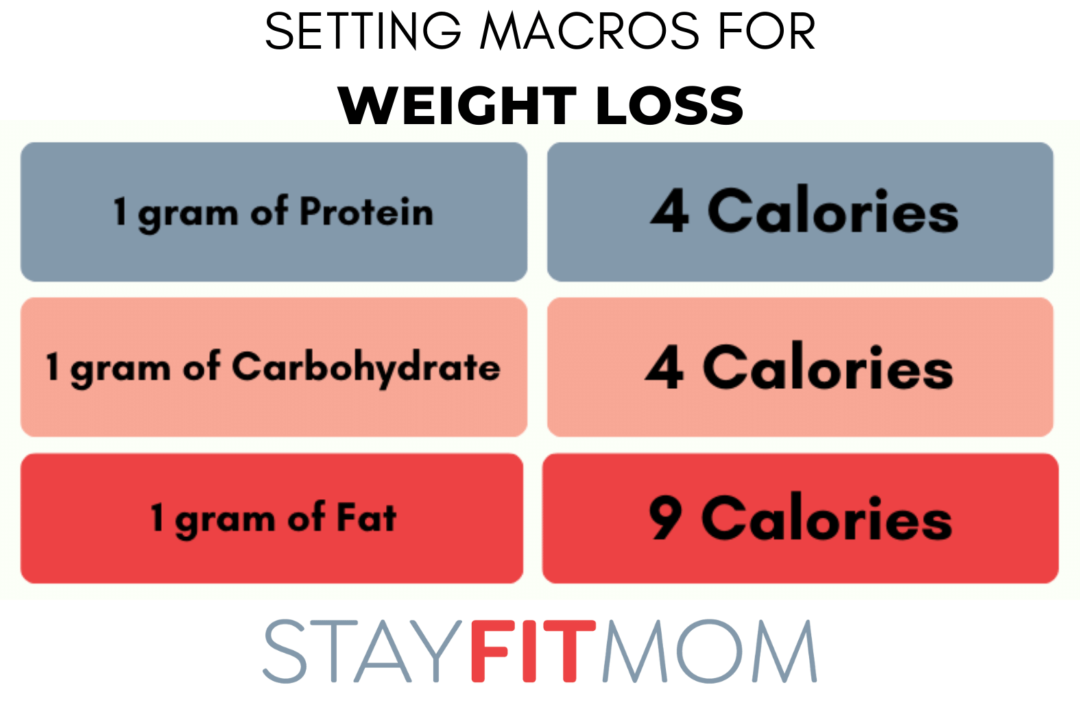If you want a basic formula for calculating your macros this is for you.
Before we get started it’s important to remember that macros are person to person specific. We’ve worked with 115 pound women that struggle to gain weight eating 3,000+ calories/ day and we’ve worked with 200+ pound women that struggle to lose weight eating 1500 calories/day. Much of what we’re going to go over here are general guidelines, but you’ll see the most amount of success in terms of results and sustainability if you have macros tailored to your specific lifestyle and goals. Click HERE to get your custom macro count tailored specifically to you. You’ll see the greatest amount of success working 1:1 with a coach as we set and adjust macros weekly based on client biofeedback and results. Learn more about our 1:1 coaching program HERE.
Step 1: Calculate your overall calories. Find your activity level (lightly active, moderately active, or very active) and multiply your body weight by the corresponding multiplier.
For example, if you’re 150 pounds, moderately active, you would eat between 1800 calories and 2100 calories each day depending on which multiplier in that range that you chose.
Learn more about calculating your overall caloric intake HERE.
Step 2: Calculate your Protein. Find your activity level (lightly active, moderately active, or very active) and use this chart to determine how much protein you need in grams per pound of body weight. If you’re new to macro tracking, start on the lower end of that spectrum and work your way up in protein. For example, if you’re 150 pounds, moderately active and new to macro tracking, you might start at 0.8 grams per pound which would be 120 grams of protein each day.
Learn more about calculating your protein intake HERE.
Step 3: Calculate your fat intake. We like to say a healthy range for fat intake is anywhere between 25 and 37% of your total calorie intake depending on your activity and lifestyle. Use this chart to help you determine where your fat intake should fall. *A good thing to keep in mind, the lower your fat percentage, the higher your carbs and vice versa, the higher your fat percentage, the lower your carbs will be.
Learn more about calculating your fat intake HERE.
Here’s where we need to take a little bit of math into consideration. Say you’ve determined your total calories will be 1800 and you’ve set your fat intake to 30% of those total calories. Now it’s time to multiply. Take 1800 X 30% which equals 540 calories. Then, because every gram of fat equals 9 calories, you’re going to divide that by 9 to get your fat intake in grams. In this example your fats would be set to 60 grams.
Final Step: Calculate your carb intake. At this point, it’s simple. Your carbs make up the rest!
Take total calories, subtract calories from protein, subtract calories from fat, and that will equal your carb calories. Then divide carb calories by 4 which will give you your carb intake by the gram.
For example: 1800 total calories- 480 calories (from protein) – 540 calories (from fat) equals 780 calories. Then divide 780 calories by 4 which will give you 195g carbs.
Learn more about calculating your carbohydrate intake HERE.
Learn more about our 6 week one on one coaching program HERE.
Once you’ve got your macros set you’re ready to learn more. Check out Macros 101.











No Comments